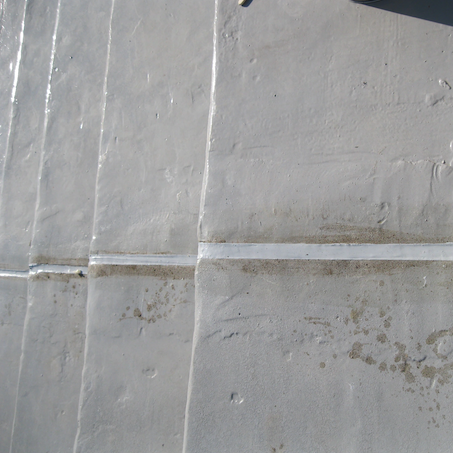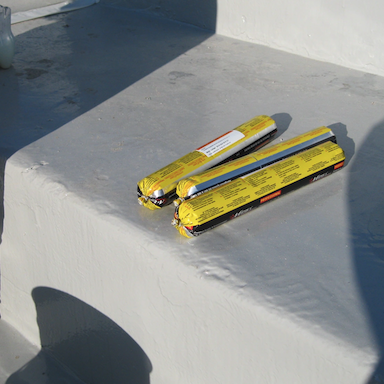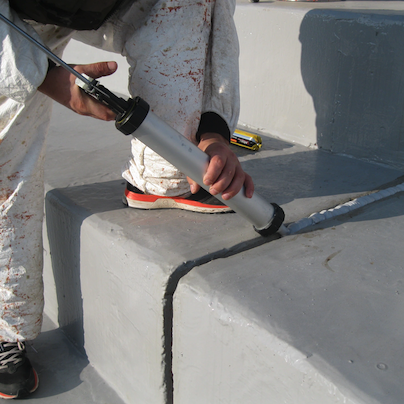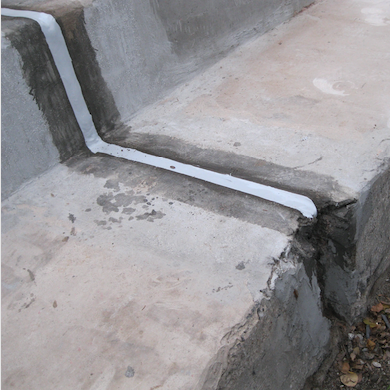
Why Use a Powerful Expansion Joint Sealant
Why You Should Use an Expansion Joint Sealant
If you have concrete slabs, walls or structures that experience movement due to changes in temperature, moisture, or structural loads, then you need to properly seal the joints between them. Using an effective expansion joint sealant is critical to prevent water intrusion, ensure structural integrity, and avoid expensive repairs down the road.
What is an Expansion Joint Sealant?
An expansion joint sealant is a flexible material used to fill and seal joints that experience movement. This includes joints between concrete slabs, walls, pools, water tanks, and places where two different building materials meet. As the substrates expand, contract, or shift, the sealant can stretch and compress with movement. This protects the underlying structure and prevents leaks.
Why Use an Expansion Joint Sealant?
There are several important reasons to use an expansion joint sealant:
- Prevent Water Intrusion – Joint sealants create a waterproof barrier to prevent rain, groundwater, and pooled water from seeping in and causing moisture damage. This protects building interiors and structural integrity.
- Allow Movement – The sealant accommodates the expansion and contraction of building materials so they can move without cracking, rupturing, or losing adhesion. This prevents costly structural damage.
- Improve Durability – By keeping water out of joints, sealants prevent freeze-thaw damage, corrosion of rebar, and erosion of the joint edges. This extends the service life of the structure.
- Improve Appearance – A properly sealed joint creates a neat, uniform appearance. The long-lasting sealant won’t crack, bubble, or become discoloured over time.

When Should You Use Expansion Joint Sealant?
The width of an expansion joint changes with concrete movement. Initially narrow, it widens over weeks and months as the concrete cures and contracts. To protect the joint, it’s wise to seal it as soon as possible, as unprotected joints are at risk of damage as soon as the structure is in use. This may require multiple sealing stages: initially with a flexible sealant that can expand with the joint and then with a more permanent sealant once the joint has fully expanded. For outdoor expansion joints, ensure the sealant is suitable for external use.
How Should You Seal an Expansion Joint?
Sealing doesn’t always require filling the entire joint depth. For wider joints, consider using a foam backer rod to provide a stable base for the sealant and prevent it from falling into the gap. Some sealants come in cartridges, making them easy to apply, while others are pre-formed PVC profiles or pourable resins, each suitable for specific scenarios.
Hyperseal Expert 150
An advanced polyurethane joint sealant that comes in easy-to-use cartridges for convenient application. It is specially engineered to deliver top-tier performance for demanding sealing projects.



Benefits of Hyperseal Expert 150
- Handles Extreme Conditions – Cures properly even in high heat and humidity environments with no bubbling or swelling. Withstands temperature extremes from -40°F to +176°F.
- Excellent Adhesion – Bonds tenaciously to concrete, masonry, metals, glass, and plastics with minimal surface preparation. Often no primer needed.
- 50% Movement Capacity – Can expand and compress up to 50% of the original joint width, accommodating a high degree of movement.
- Long Service Life – Durable polyurethane formula provides a tight seal with excellent weathering characteristics. Won’t become brittle or crack over time.
- Easy to Apply – Features great workability for easy extrusion, tooling, and storage stability across a wide temperature range.
Share this post